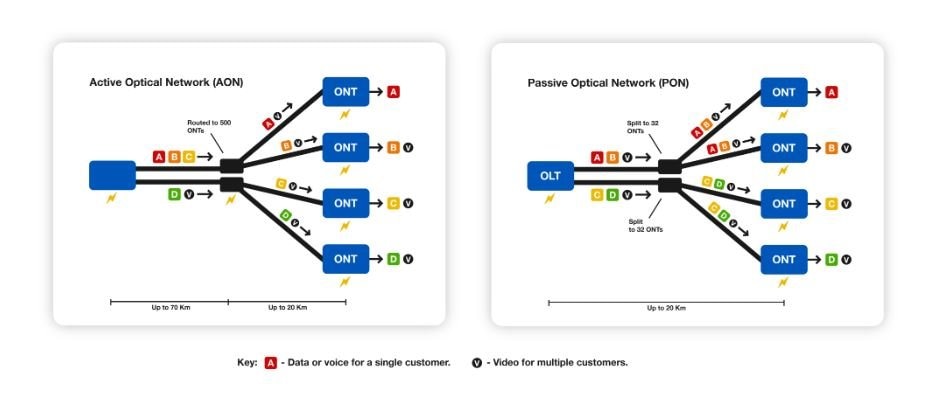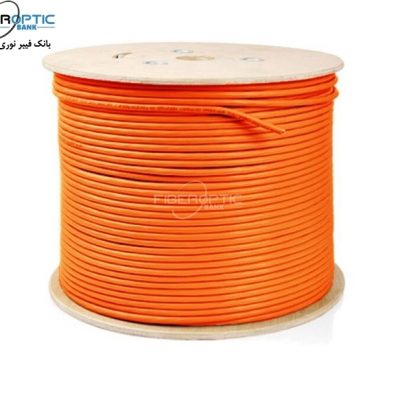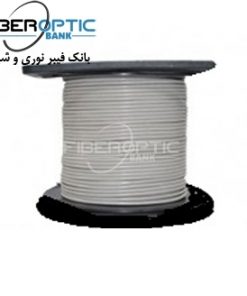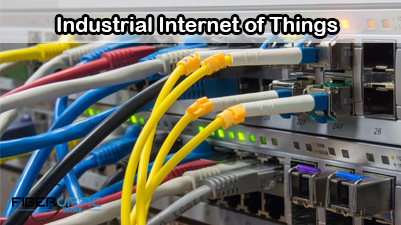difference between passive and active optical networks
While the main network will always be fiber, there are alternatives as to how to connect the ‘last mile’ – the few hundred metres nearest the consumer’s home or the business premises of the end user. This may use fiber to the home (FTTH) or curb (FTTC), where the last few metres are handled with copper cables – together, these variants are known as FTTx.
In most countries, it’s simply too expensive to run a dedicated, or direct, fiber link all the way to each subscriber. If there is already existing copper telephone cable run to each home, it will be cheaper to use that for the last few metres, but that makes the connection slower.
So, how should our network be constructed, so that fast fiber can reach all the way to the end user, but without the prohibitive cost of everyone having their own private connection?
What are AON and PON?
There are two common ways this problem can be solved, both based on the principle of splitting the signal, so that each fiber from the central office in the network’s core is shared between multiple end users. The two methods are called Active Optical Networks (AON) or Passive Optical Networks (PON), and in both case the split into individual fibers for each user happens fairly close to the customer; within a few kilometres at most.
The key difference between AON and PON is how the signal is split between the multiple fibers going to each customer. AONs use active, electrically powered devices to direct the appropriate signal only to the relevant customer. Ethernet is commonly used, and a switching device will typically route signals to up to about 500 customers.
In contrast, a PON uses optical splitters, which require no electrical power, to send the signal to each customer. Each switching cabinet can handle up to 128 end users. You can see in the diagram that each customer also receives signals intended for someone else, so encryption ensures privacy is maintained. For upstream signals sent back from customers, these are combined into one signal at the switching cabinet, typically using Time Division Multiple Access (TDMA). The PON also uses wavelength division multiplexing (WDM) to carry both upstream and downstream traffic over single mode fibers.
Benefits of each approach
PONs have a number of key advantages; for a start, because they don’t require electrical power for the splitter, they have lower installation and operating costs than AONs. They also use less energy, and less network infrastructure, than AONs, and are highly reliable. Compared to the copper wiring that is being replaced by fiber, using PONs means the fiber is smaller, easier to manage, and more secure than the legacy cabling it replaces.
On the other hand, AONs enable the fiber ‘last mile’ link to operate over longer distances than with a PON: typically, up to around 70 to 100km, compared to about 20km for PONs. Troubleshooting and finding a problem is easier with AONs than with PONs, because each fiber is carrying signals dedicated to one customer. AONs also don’t suffer from the drop-in speeds that PONs experience at peak times, due to multiple customers’ traffic being sent down each fiber.
Reliability essential
Both AON and PON are widely used today. Whichever approach is chosen, the key factor in building a successful fiber optic network is reliability. Connectors are an essential part of the FTTx network, and by working with a vendor such as Bulgin, you can be assured of choosing a rugged, dependable connector that will handle harsh outdoor environments.
Source: community.element14
Related products...
Network Cable
Network Cable
Network Cable
















[ratings]